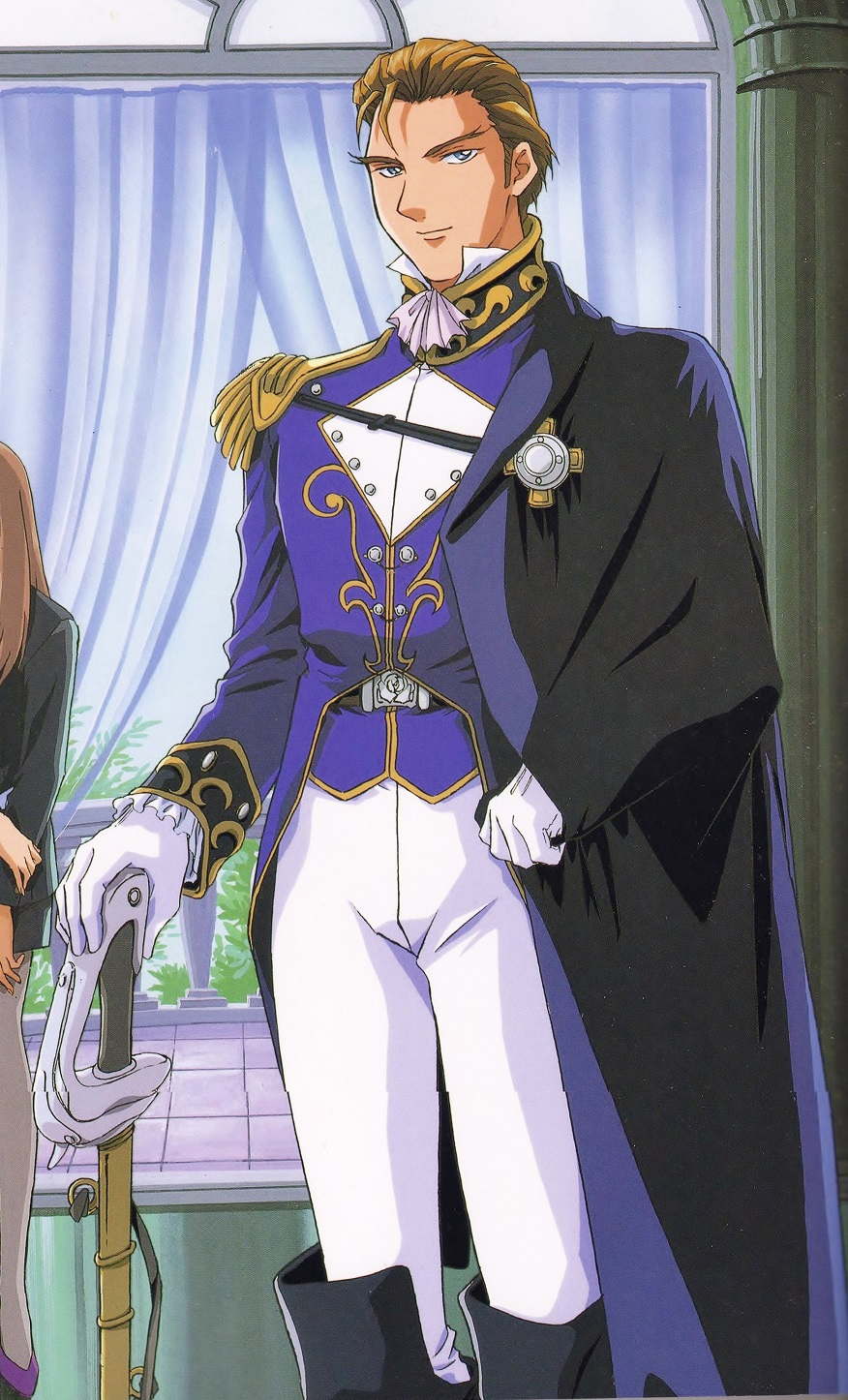Within the vast Gundam universe, few characters stand out for their moral and philosophical complexity like Treize Khushrenada. Commander of OZ and a pivotal figure in Gundam Wing, his vision of war as a path to spiritual redemption makes him a profoundly ambiguous character, far from any simplistic binary. Treize does not represent absolute evil, but rather an anachronistic romanticism that seeks meaning amid the chaos of war.

Beauty in Destruction
Treize believes that war, far from being an abomination, can be a noble form of human expression. For him, fighting with honor reveals the best of the human spirit: courage, passion, and the desire to transcend. This belief, though seductive, constantly clashes with the contradictions of his time, where conflict has become impersonal and mechanical.
His speeches, almost lyrical, elevate the act of war to an aesthetic and philosophical plane. But this perspective collides with the harsh reality of human suffering, making Treize a tragic figure: a man who seeks beauty in a world that can no longer offer it.
Warriors, Not Weapons
One of the central tensions in Treize’s narrative is his rejection of mobile dolls—autonomous combat machines. He believes that removing the human presence from war strips it of all meaning. Fighting without risk or sacrifice is not truly fighting. This principle sets him at odds with the Romefeller Foundation and even some of his own subordinates.
In contrast, he deeply admires the Gundam pilots, particularly Heero Yuy and Chang Wufei, whom he regards as true warriors. His respect for them stems not from their destructive power, but from the moral conviction that drives them.
The Soulless Empire
Though Treize is one of the masterminds behind OZ’s military coup, his true enemy is the banalization of power. The Romefeller Foundation, with its hollow aristocracy and impersonal technology, embodies everything he despises. For Treize, ruling without soul is more dangerous than a just war.
This leads him to temporarily resign from power—a decision that reflects his inner integrity. He refuses to be complicit in a mechanical tyranny that devalues human dignity. In exile, he prepares for a return not to impose his will, but to restore an ethical dimension to conflict.
Between the Sword and the Idea
Treize constantly wrestles with the ideals around him. His loyalty to the aesthetics of honor leads him to make difficult, even cruel, decisions—but always with coherent internal logic. In Lady Une, his devoted follower, this tension is reflected: a woman who learns from him both military severity and human compassion.
Treize does not command through fear, but through inspiration. He does not impose, he convinces. His leadership is not built on threats, but on belief. Those who follow him do so not out of fear of his sword, but because they believe in his vision—flawed though it may be.
The Warrior’s Judgment
The culmination of his journey arrives in a duel with Chang Wufei. This battle is not just physical—it is a clash of philosophies. Wufei, who fights for justice and truth, challenges Treize’s romanticism with the rawness of reality. Treize understands the importance of this combat: it is a voluntary surrender to the new era that is coming.
Treize does not fear death; he fears a world that forgets what war can teach. In defeat, he does not feel vanquished. He believes that his death proves his vision was worthy of being challenged, and therefore valid.
A Legacy of Shadows and Light
Treize Khushrenada’s legacy is not political, nor military—it is philosophical. His character compels us to ask whether there can be nobility in violence, whether human suffering can serve a purpose beyond pain. Can a man fight for peace through war? Can an idealist survive in a world ruled by machines and convenience?
In a series that explores the limits of power, rebellion, and sacrifice, Treize acts as an unsettling mirror. He does not represent what we should be, but what we might justify in the name of our beliefs.
Treize Khushrenada does not die a villain, but rather as a symbol of a dying era. His figure, elevated by his tragedy, is remembered as a man who chose war not out of hatred, but out of love for humanity. In his fall, he leaves us with a question that still echoes through the Gundam universe and our own: can there be beauty in horror, or are we simply dressing destruction in idealism?


